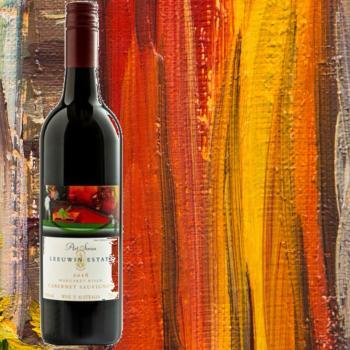

Feedback from the food and beverage industry is about reducing costs and which type of tags are used. We have the capabilities and we have the equipment, but there are a lot of things that are unresolved with things like chips (tags). Mark O’Donnell, sales and marketing manager at Weber Marking Systems, which makes RFID labelling and encoding systems, says: “RFID has been talked about for several years, and is likely to continue to be talked about. But, Lippitt says: “Where transport is one way, eg, a case produced at a brewery, consumed by the customer, and the outer pack is recycled or thrown away, then the investment has to be recovered over a single life.” This makes the barriers to entry much higher. The five million-plus trays have a lifespan of seven years so, therefore, do the tags. For some time, Marks & Spencer has been tagging the returnable plastic trays, which cycle between manufacturers and stores a couple of times each week. The benefits are currently seen where returnable packaging is used in a closed loop system. It’s not really been applied to international trade – you already know where on the ocean your is, but information is only useful if you can do something with it.” And we can’t do much without customer demand. Tags are usually put in by the manufacturers, and the fixed reading equipment needs to be compatible with the tags used.ĭavid Mawer, joint managing director, FFG Hillebrand, agrees: “Not an awful lot has happened in the last year from the customer side of things. Given the costs of investment, freight forwarders are only likely to invest in the technology at the request of their customers. It would speed up the scanning (or reading) process, but it probably wouldn’t improve the speed of picking” over KN’s existing system. “You would get efficiency in the accuracy of batch traceability and auditing where product has gone. “It’s difficult to pin down to hard benefits,” Lippitt continues. The gap is narrowing, and quickly, but it’s not there yet.” As the prices of tags come down, the infrastructural needs to make their use worthwhile remain a stumbling block. The cost of entering the technology has been prohibitive. Geoff Lippitt, commercial director, says: “The RFID concept is to minimise intervention into the audit trail for product. KN Drinks Logistics, a wholly owned subsidiary of Kuehne and Nagel, is not yet using RFID technology. Some of the easily identifiable benefits are in the supply chain, providing an unbroken traceability chain, or chain of custody, from manufacturer to retail. For instance, X number of pallets, or X number of cases, or X number of bottles. Because no line of sight is needed with this technology, as a lorry enters or leaves the warehouse, the movement of its cargo is tracked/read and updated onto the system.

Readers are commonly fixed, for example at the door of a warehouse. Readers communicate with tags via radio waves, hence radio frequency. Equipment is needed to read the information on the chips. But for high value items, such as luxury Champagne cuvées or the most expensive Bordeaux reds, the technology offers some interesting provenance-tracking and traceability possibilities. The cost implications are clearly much more significant for item-level tagging. Or a tag can be placed on each of the bottles. Or a tag could be placed on each of the 100 cases. One tag could be placed onto a pallet of wine, which would track about 100 six-packs for example. Tags can be attached at any level of monitoring. This tag contains any amount of unique digital information about the product: point of production, origin of raw material, price, colour, bottling date, batch number and so on. Tags are small and contain a chip which is usually smaller than half a millimetre. RFID also allows increasing automation of the logistics process.Ī tag (“smart label” or transponder) is attached onto or built into a product, say a pair of jeans, or a livestock animal.
RADIO SILENCE WINE CODE
This is one major difference from bar code technology. It is an automatic identification method that requires no line of sight to gather information about a product. RFID (radio frequency identification) is a bit like bar codes with knobs on. The buzz around RFID continues to lurk below the radar screen of the drinks industry, though it is beginning to be used in other sectors, says Sally Easton MW


 0 kommentar(er)
0 kommentar(er)
